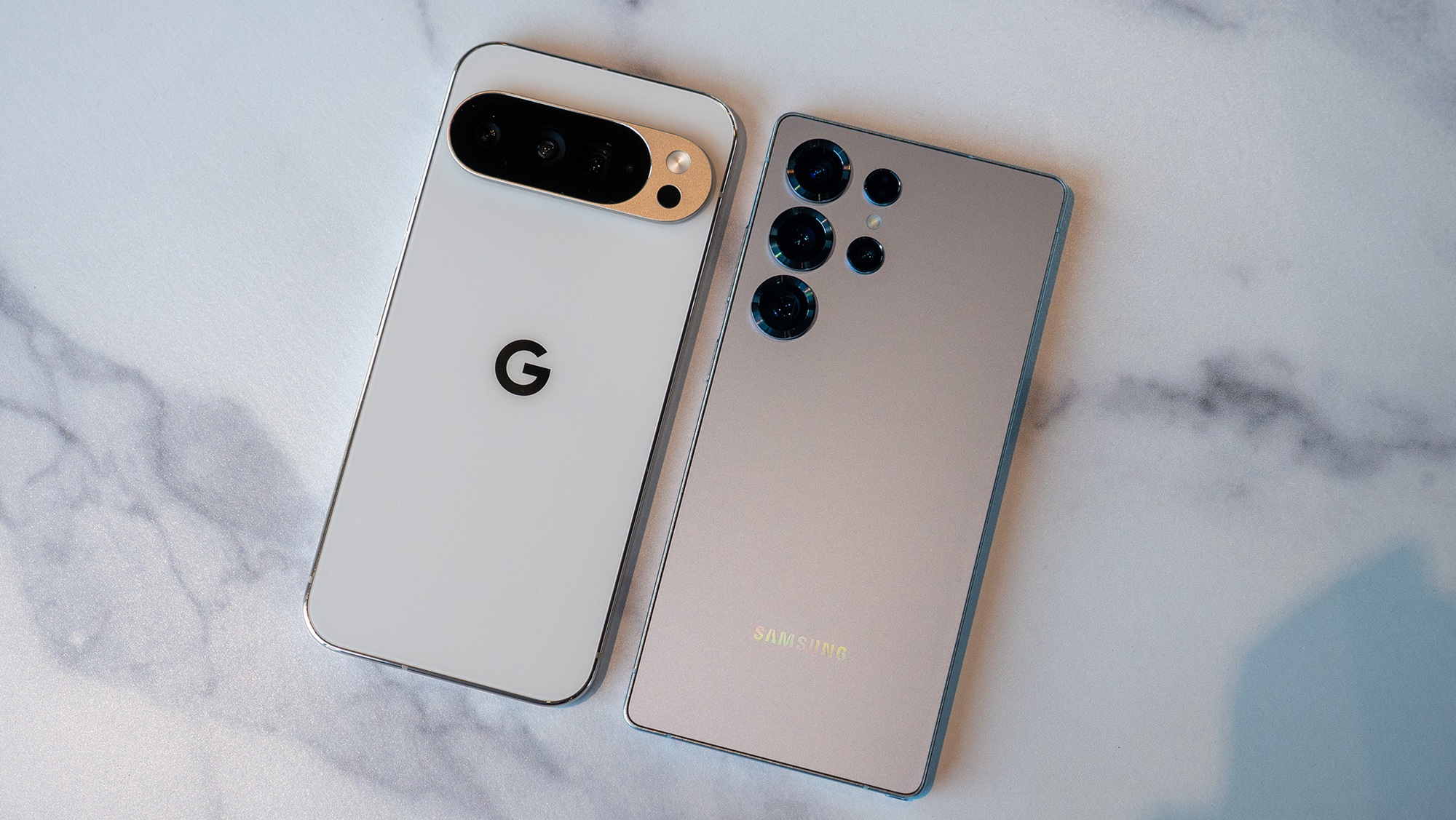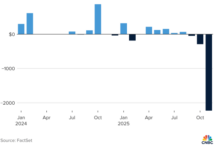It’s a curious paradox when it comes to Google and its smartphone venture.
As one of America’s most renowned and wealthy corporations, Google has been in the business of selling its own line of Pixel smartphones for almost a decade.
The Pixel devices offer comparable quality and pricing to Apple and Samsung’s flagship phones, yet ironically, they haven’t quite captured the hearts of consumers.
Despite glowing reviews from professional tech critics and happy Pixel users, a staggering 96% of American consumers opt for something other than a Pixel. And this trend is unlikely to change with the upcoming release of the Pixel 10.
If you, the reader, didn’t even know Google sold phones, then you’ve already identified the crux of the issue.
The story of the highly-rated yet underappreciated Pixel phone speaks volumes about why our smartphone habits are so hard to break.

Why Cars Compete but Smartphones Don’t?
According to data from Cox Automotive, there are about six major car brands vigorously competing for market share in the US. Even though new and used car prices have surged in recent years, we believe that this intense competition has driven companies to create better products at more reasonable prices.
In the race for consumers’ wallets, Cox data shows that even the two best-selling brands in the US, General Motors and Toyota, accounted for only 31% of new car sales last year.
In contrast, the smartphone market paints a very different picture. According to market research firm IDC, 75% of US phone buyers choose devices from Apple or Samsung. For years, all other manufacturers have been left to scramble for the remaining crumbs.
Nabila Popal, a senior research director at IDC, remarks, “It’s not even a fair fight.”
It’s undeniable that both brands produce reliable phones across various price segments, and they can cater to just about any choice you might want.
However, imagine if the car market were dominated by GM and Toyota to this extent. Would we be missing out? Popal suggests that if there were more competitive smartphone brands, Americans would “get to experience more premium features at lower prices.”
She points out that in many other countries, including some in Europe, Chinese brands like Vivo, Oppo, and Xiaomi are offering phones that typically undercut the prices of Apple and Samsung flagships while still packing premium features like multi-day batteries, high-quality cameras, and unique foldable designs.
Ironically, a large country like the US lacks the diversity of smartphone choices, from budget to premium, that a developing country in Asia might enjoy.
Why Has Google Pixel Failed to Take Off?
Selden Deemer is one of the few Americans who chose a Google Pixel phone.
The retired university librarian and avid photographer raves about the “unbelievably fantastic” image quality on his Pixel phones, along with the powerful editing options in the Google Photos app.
He’s also a fan of the stock Android software experience that Google offers on its Pixel devices.
However, Google faces two significant challenges in its quest to win over more users like Deemer. First, many consumers are unaware of the Pixel’s existence or don’t understand why they should buy it. Second, the biggest US carriers don’t seem to be making a strong effort to promote the Pixel lineup.
Most Americans purchase their phones through carriers like AT&T, T-Mobile, or Verizon. The brands that these carriers decide to carry—along with their trade-in programs and attractive discounts—heavily influence consumers’ smartphone choices.
There have been some signs that the big carriers are starting to embrace Pixel more. According to price comparison site Navi, the average discounts for Pixels are now comparable or even better than those for similarly priced Samsung phones.
Still, AT&T, T-Mobile, and Verizon tend to reserve their very best deals for those buying iPhones.
The Pixel line seems to be gaining some traction, albeit slowly. Five years ago, only about 1% of US phone buyers chose a Pixel. Today, that figure stands at 4%.






































